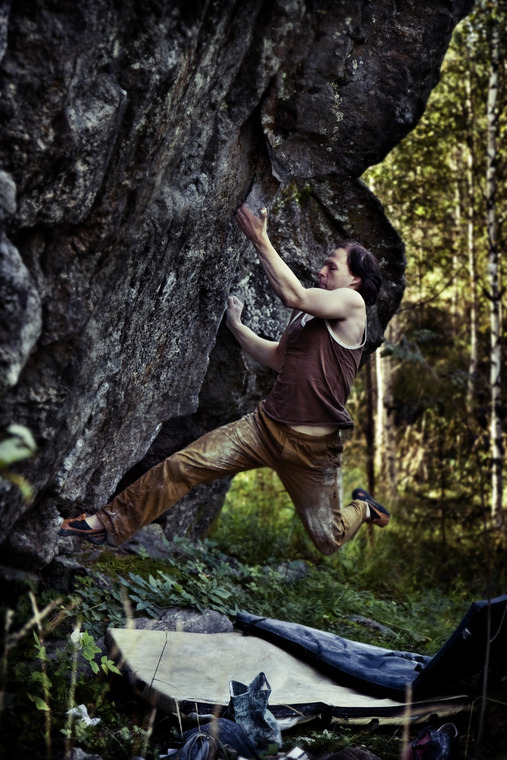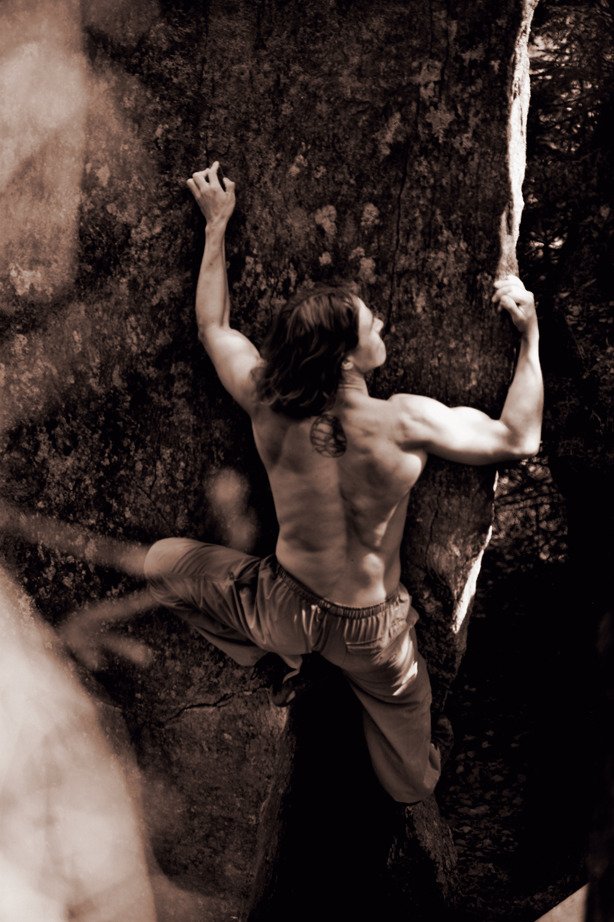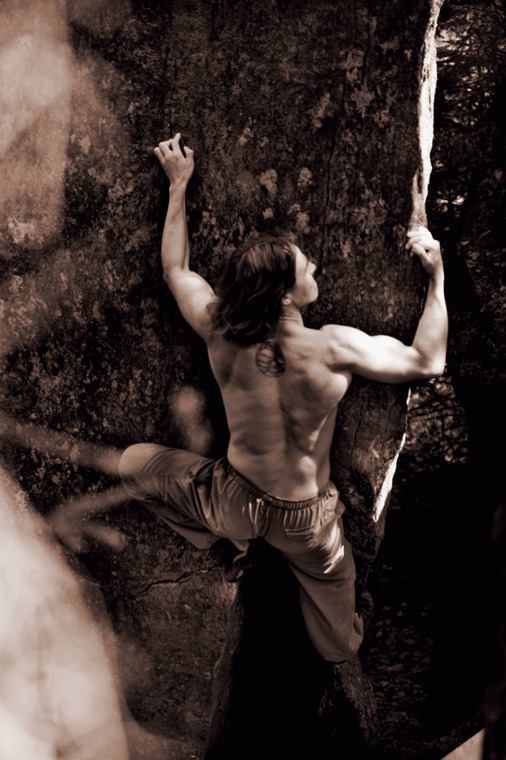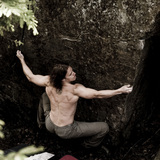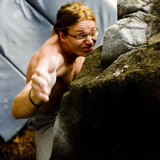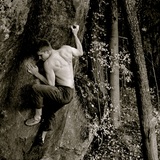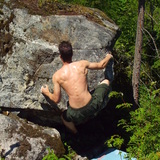Ihastjärvi is a legendary bouldering spot near by Mikkeli center. Very good and diverse setting of different blocks. Almost every angle from slabs to really steep overhangs. Rock quality varies from high quality granite to traditional finnish "rapakivi" quality. Still have to say most of rocks and problems are quality!
So, what equipment do you need?
Well, landings are pretty good in general and problems are not very tall. So one or two crashpads are pretty ok, but if you like to prepare yourself for every battlefield we recommend few more... Some of the rocks might need a bit of brushing, so a wirebrush would not be a bad idea. Actually this should be found on every boulder bag in Finland...
How about approach?
You can reach every single rock by 10 minutes walk from your car. Not too bad? Parking spots are marked to map. Don't be stupid with parking, right?
Ethics
It is okay to brush new lines at Ihastjärvi. There is still some potential left.. But, let's do that with style. We like to keep this topo clean. We do not publish eliminates. That makes topos messy and and unclear.
...and these should be obvious for every one:
- Don't leave trash in the nature
- Use paths
- Avoid noise
Climbing in Ihastjärvi started around 1997/98. The original idea was to search rockfaces for traversing/ training for roped climbing. Searchers didn't find wide faces for those traverses, but quite a lot of boulders and location was almost perfect, most of them are located under 3km from Mikkeli centre. Still some traverses were found and first problem in the area was a traverse called "Keltanokka" grade aprox. finnish 5. In the beginning grades were given by finnish grading system (basically you take a number of from roped grade). So if the crux move was as difficult as in number 7 in roped route, you graded it to 6. In fact it didn't work so well. Breakthrough came in 1998 when Jyrki Kauko from Jyväskylä came to Mikkeli for his military service. He introduced an idea to climb these boulders as "blocs" like in Fontainebleau (and in Jyväskylä). It was mind blowing and local pioneers started to use their brushes like maniacs. First era was a small, but very keen group: Antti Liukkonen, Jarkko Juutilainen from Mikkeli and young beasts Tatu Autio and Mikko Manninen from Ristiina. Loads of classics like "Boulderbeast, 6+", "Muikkuhyppy, 7-" and "Visio, 7" were opened in late 90s.
In the early 2000s locals visited first times to Fontainebleau and got even more fire to their passion. New keen members like Eero Virtanen, Simo Puonti, Juha Hinkkanen and Sami Romppainen moved to Mikkeli and enlargened area/ sectors. Grades were converted to font grades, but stayed in stiffer end of scale. This new era saw old boulders from new perspective and loads of new classics like "NeferNeferNefer 7B+", "Tars Tarkas assis, 7C", "Shelter, 7B+", "KipusiKapusiPutosi, 6C", "Korkeampi Voima, 6C" and "Arkipäivän Anarkisti, 7A" were born.
One really important part is the quality of "moderate" problems. Diamonds like "Lemmen Jättiläinen, 6A+", "Onsight traverse, 5+", "Paasi, 5+" and "Fear is Fear, 5+" would be classics anywhere. In the beginning of 2010s young stallion Veeti Liukkonen opened also some really nice problems for kids and beginners. Problems like "Papua Uusi Guinea, 5", "Kameleontti, 4+", "Kalkaros, 4+" and "Dritzz DÚrden, 3" suit easily for beginners and even for kids, because they are low enough, but still offer good climbing.

